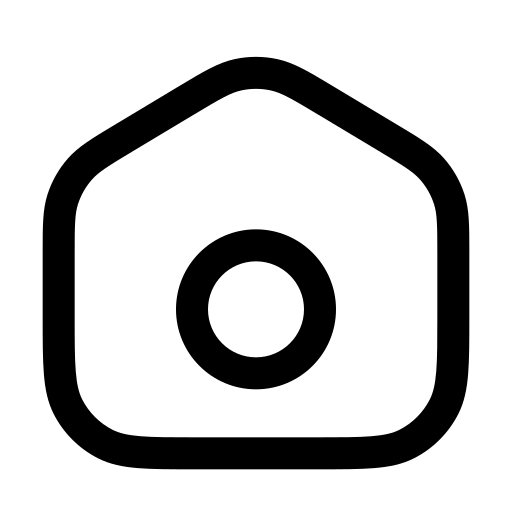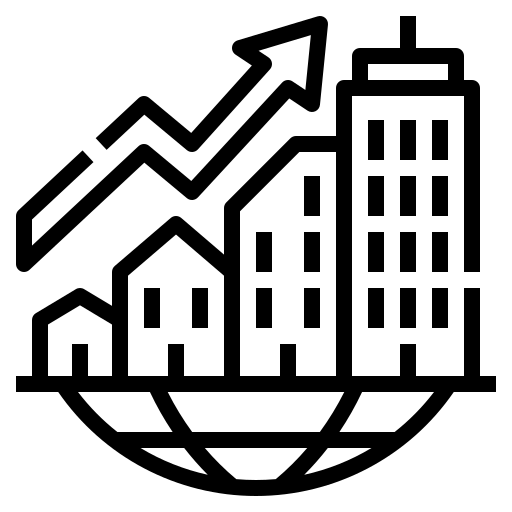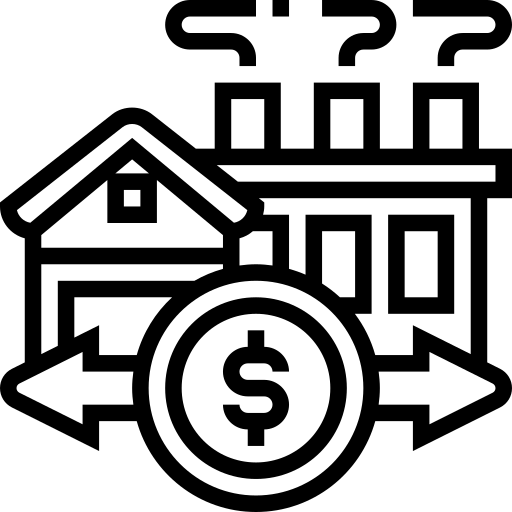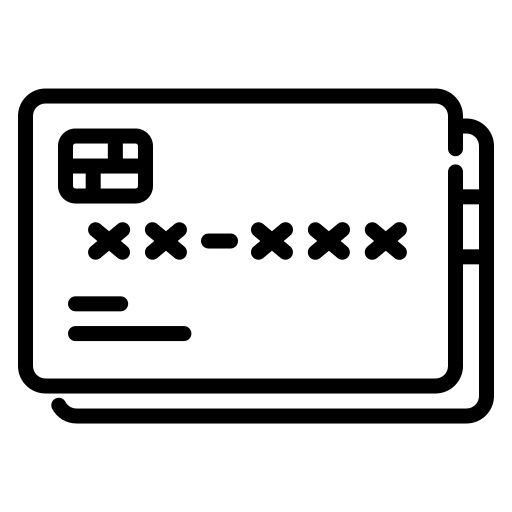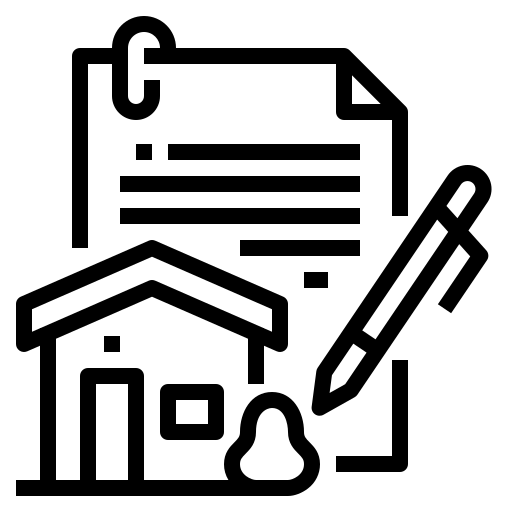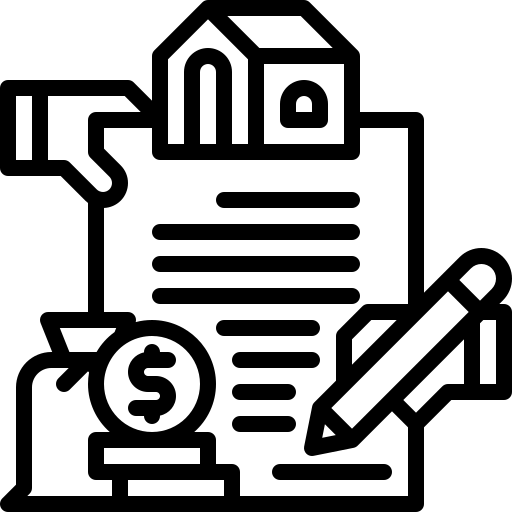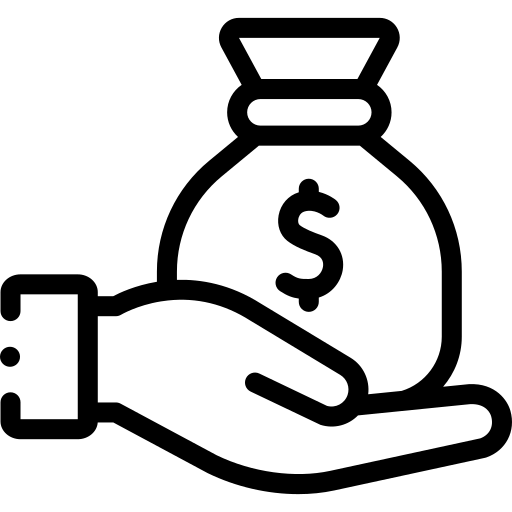Including videos created by others on your website. Is it allowed?
The recent judgment of the European Court of Justice on the 21st of October, 2014, has set limits on the technique known as “transclusion”, that is the inclusion of a fragment of a web page within another, making it look like an integral part of the same page.
The ruling mentioned the case of a company that inserts two videos created by another company into its website. These videos had already been made available to the public via the portal “Youtube”.
The creators of the videos wished his competitor to withdraw them from its website based on Article 3, paragraph 1, of Directive 2001/29/EC, which provides that Member States shall establish the exclusive right for authors to authorize or prohibit any communication to the public of their works, by wired or wireless means, including making their works available to the public in such a way that anyone can access them from any place and time.
In this regard, the term communication to the public allows for a protected work to be made available to a multitude of people using a specific technical method, different from those previously used or, alternatively, to a new public, i.e. an audience that has not already been taken into account by the holders of the copyrights when they allowed the initial communication of their work to the public.
Linking videos created by others, legal or ilegal?
With this concept as a starting point, the Court concludes that the activity of transclusion is not a communication that is new or different from that which was originally carried out by the website which is now linked “given that this act of communication uses the same method that is already used to communicate this work on the other webpage. In order to be classified as “communication to the public”, in the sense of Article 3, paragraph 1, of the Directive of 2001, this act must be carried out before a new audience”.
The judgment has, therefore, validated one of the Internet´s most common activities, that is, the linking to videos created by third parties and their inclusion in web pages.


